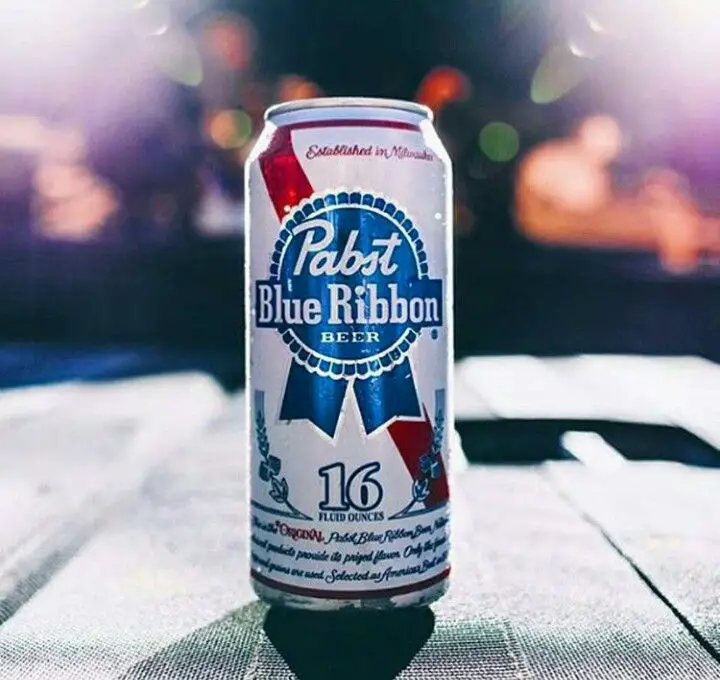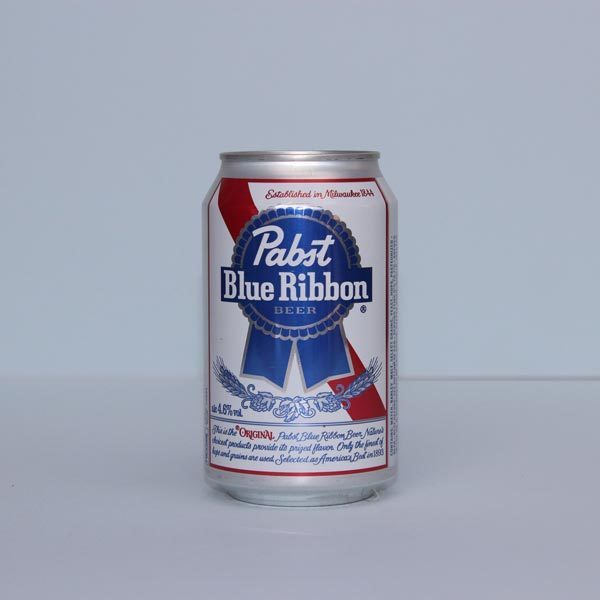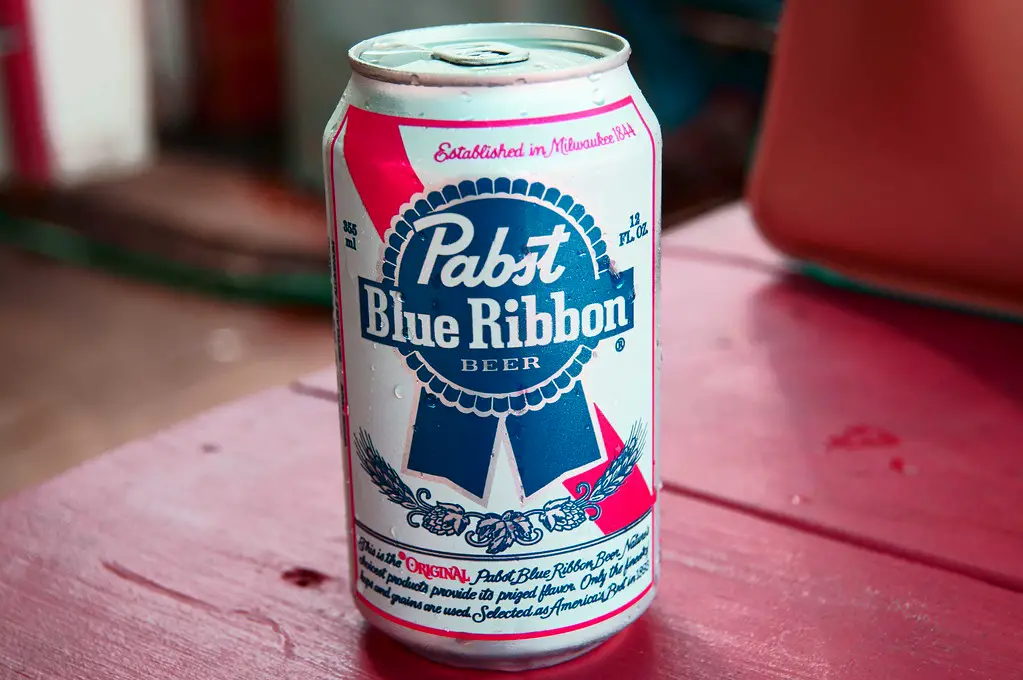The world of beer is intense, and it can be very challenging to choose the perfect option. Some beers are more popular amongst beer aficionados than others. PBR is also common among beer lovers. It has been in the works for a century, so it has gone through a lot of developments. Changing trends are very common in the beer market, so to have survived that is a daunting task in itself. The emotional aspect takes precedence over anything else. To etch your place in people’s hearts for such a long time indicates that the quality you are offering is also divine.
In this article, we will be looking at the multifaceted brand in all its peculiarities and uniqueness. The fascinating journey of Pabst Blue Ribbon is one full of rich history. It had its humble beginnings in the past, but to have grown to such astronomical success is a tale that should be looked into. So get ready to look at all the factors and assets that Pabst Blue Ribbon possesses for it to be so successful.
Table of Contents
ToggleBrief History

The story of Pabst Blue Ribbon goes as far back as 1844. A German immigrant found the best brewing company in the city of Milwaukee in the state of Wisconsin. The seeds of Pabst were started back in Milwaukee, so it has a long history. The company took a swift change when Frederick Pabst was involved in the brewing company in 1882. He took over as president, which helped the brewery tremendously with growth and innovation.
All they wanted was a breakthrough that came around in the 19th century. They went along to win many awards and accolades, which solidified the company. The name itself is inspired by an award called the prestigious blue ribbon. The blue ribbon brought a lot of prestige and elegance to the company, so Pabst accepted it.
It was the 20th century when the company had established itself. That was also when they struggled greatly due to the prohibition. The company also remained stable by producing cheese to get by and not go under. After the prohibition, Pabst went back to doing what it knew best, which was brewing quality beer. It decided to reinvent itself a little bit and chose to cater to its audience, which had relied on it previously.
While Pabst was not popular throughout, as it had its ups and downs like any other company, the best of it came around in the 21st century. It reinvented itself for the last time by being a hipster brand. Pabst used counterculture as its focal point and moved forward from there to establish itself. The new clientele wanted authenticity if they provided that. That was when PBR prominently came under the spotlight and started having a moment of its own.
What Kind Of Beer is Pabst Blue Ribbon?
Pabst Blue Ribbon is a good example of an all-American light lager. This style of brewing is traditional to America and has a rich history. The American brewing culture has repeatedly used this method, but every company and every product is different from the others. This beer is extremely popular due to the crispness of it.
What Does It Taste Like?

Pabst Blue Ribbon is usually considered a light beer that has reduced carbonation, which helps to target an audience that is easy-drinking and enjoys casual beverages. The company is known for its crisp and refreshing taste which makes it a great beer to enjoy in the summer. The mild flavor can entertain many people from different audiences.
Every beer should be able to quench your thirst when taking the first sip. That first taste accounts for the first impression of a beverage. The palate immediately gets introduced to a very subtle flavor profile, including a mild malt sweetness.
Along with the hops, which are very much there, yet they are held back on purpose to not overwhelm the subdued flavors of the beer, excess bitterness in a light beef defies the entire nature of a light beer. Other small hints of bread and notes of biscuit enter the image once the aftertaste hits.
Like any light beer, Pabst Blue Ribbon also has a smooth finish to it. The cleanness present in a light beer should be more than expected once tasted for the first time. Such beers are very fresh and quick. One must feel a clean palette after each sip, something which Pabst Blue Ribbon does effortlessly. This beer is highly approachable and easy to drink, so for casual drinkers, it is one of the best options in the market.
In conclusion, when considering the taste factor of the beer, you must know that it is an incredibly simple beer, one which is not too complicated by heavy flavors. Whether you decide to drink from a bottle or pour it into a glass, the taste, and quality remain the same. It is a typical American-style light beer that is timeless and consistent throughout
Ingredients
The ingredients in Pabst Blue Ribbon beer are water, barley, adjunct grains (corn and rice), yeast, and hops. The water comes from fresh spring and is a massive reason why the quality of the beer is so high.
Calories
A Pabst Blue Ribbon is marketed towards health-conscious consumers. Each serving includes about 144 calories.
Alcohol Content
Pabst Blue Ribbon beer has about 4.74% alcohol per serving.
How much Pabst Blue Ribbon to get drunk?
It has not been specified because that depends from person to person.
Is It Healthy?
Beer and health are undoubtedly not compatible. Moderation is one of many variables that go into drinking beer while being healthy, along with gender, physical stature, and frequency of consumption. Pabst Blue Ribbon is a light beer, though, and it can be considered better than most beers due to fewer calories.
Price
A 12-pack of Corona Premier can be around $10.99
Conclusion
Because the company started from humble beginnings to making itself an authentic and reliable brand, Best Brewing Company has done it all. Pabst Blue Ribbon as a beer is incredibly special because it is a great twist on the classic American beer. The beer and the company bring forth a great period of evolution in American breweries as a significant part of the culture. The beer stands as a testament to the brand as a resilient and strong beverage.

I am a passionate beer connoisseur with a deep appreciation for the art and science of brewing. With years of experience tasting and evaluating various beers, I love to share my opinions and insights with others and I am always eager to engage in lively discussions about my favorite beverage.
















